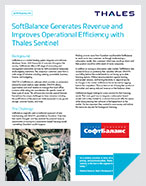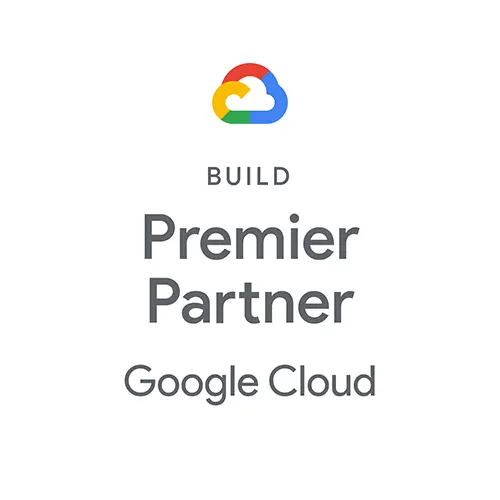If you’ve developed amazing software and want to start selling it, it’s time to figure out what kind of software license management will work best for you and your clients.
Software licensing solutions help protect your software from unauthorized use and determine the kind of experience your users will have when they purchase your software. There are a number of different software license models you can adopt, and you may be wondering which kinds of licenses you should be offering your clients. If your client is a large company with a large number of employees who may need to use your software, purchasing a license for each user can get pricey. That’s where a concurrent license model (also called “network licensing” or “floating licensing”), such as our Sentinel HL Net, might come in handy.
What Is a Concurrent License?
A concurrent software license is a type of license that is based on the maximum number of users who will use it simultaneously. For example, if a company purchases 5 concurrent licenses, that means that up to 5 of their employees can use the software at any given time.
In the single-device or per-seat license model, the client needs to purchase a license for every user. If your client’s company has one office based in California with 5 employees and another based in London with another 5 employees, their work hours will rarely overlap — meaning, they really only need 5 licenses at a given time. With a per-seat model, they’d need to purchase 10 licenses. With the concurrent model, they’d only need to purchase 5.
Advantages and Disadvantages of Concurrent License
Here are a few of the advantages of the concurrent license model:
- Flexibility: Concurrent users can access the software from different devices and different locations all across the world. This makes transferring access to new employees a cinch.
- Unlimited number of accounts: A concurrent license isn’t tied to the number of users overall. That means a client can open as many accounts as they need on as many devices as their employees might use.
- Cost-efficiency: The company only pays for the number of licenses being used at a given time. This can be particularly significant if a large number of employees need to be able to access the concurrent software, but only occasionally. And here are a few of the disadvantages:
- Determining peak capacity: When purchasing a concurrent license, the company will need to decide how many employees will need concurrent access. Sometimes it can be hard for companies to determine what this number should be — and if they guess wrong, it may mean employees won’t have access to the network license when they need it. This can seriously disrupt workflow and slow productivity.
- Initial investment: The cost-efficiency of concurrent licenses isn’t obvious from the get-go. They often cost more initially than a per-seat license does. But if it’s the right model for that company, it will pay off.
So why is it worth it for you as a software company to offer your clients a concurrent license model? Because offering more flexibility can be the difference between having a happy client and having no client at all. A company may not be able to pay for per-seat licenses for everyone who needs to access your software on occasion. In cases like these, the concurrent license solution is just what they need, and both of you will benefit from your ability to offer it.
Discover more about how you can leverage other software licensing models by switching to a trusted software licensing solution.





